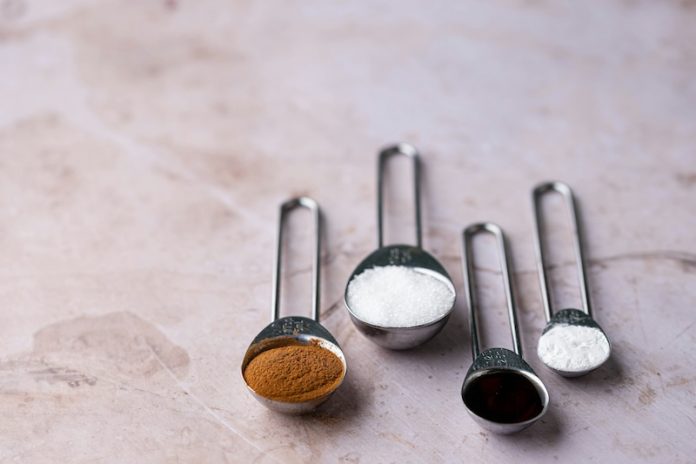
Americans consume too much salt—on average over 3,400 milligrams a day—well above the recommended limit of 2,300 milligrams. This high salt intake is linked to serious health problems like high blood pressure, heart disease, and stroke.
Many popular foods like pizza, chips, burgers, and bread are packed with sodium, making it easy to go over the daily limit without realizing it.
But researchers have been working on a simple, effective solution: a new kind of salt that tastes like the real thing but is better for your heart.
This innovative salt blend is made from 75% regular salt (sodium chloride) and 25% potassium chloride.
The key difference is the added potassium. Unlike sodium, which raises blood pressure when consumed in excess, potassium helps relax blood vessels and lower blood pressure.
It’s naturally found in fruits and vegetables, and getting enough of it can help counter the effects of too much sodium.
The idea behind this salt substitute is simple: keep the salty taste people love while improving health. The blend was developed in 2015 with support from the National Heart, Lung, and Blood Institute (NHLBI), and since then, it has shown promising results.
To test its real-world impact, Dr. Jaime Miranda and his team launched a large study in the Tumbes region of Peru. From 2014 to 2017, they worked with over 2,300 people in six villages, replacing regular salt in their homes with the potassium-enriched version.
The participants ranged in age from 18 to over 65, providing a broad picture of how the salt substitute affected different age groups and health conditions.
The results were impressive. People who used the new salt blend had lower blood pressure on average and fewer new cases of hypertension. Even small drops in blood pressure—like the 2 mm Hg reduction seen in the study—can make a big difference.
According to heart health experts, this kind of change can significantly reduce the risk of stroke and heart attacks across a population.
Just as importantly, the salt substitute was well-tolerated. No serious side effects were reported among participants, making it a safe and practical tool for improving public health. Dr. Miranda emphasized that this simple switch could help communities, especially those with limited access to healthcare, take meaningful steps toward better heart health.
However, there are some important considerations. Not everyone can safely consume added potassium. People with chronic kidney disease, for example, may have trouble processing potassium and should speak with their doctor before using this type of salt.
That’s why any dietary change—especially one involving blood pressure—should be discussed with a healthcare provider first.
This salt substitute isn’t a cure-all, but it’s a valuable piece of a bigger strategy for managing blood pressure. Combined with a healthy lifestyle—like following the DASH (Dietary Approaches to Stop Hypertension) eating plan—it can support long-term heart health.
DASH encourages eating more fruits, vegetables, whole grains, and low-sodium foods while cutting back on processed and salty items.
In short, this new salt blend offers a smart, science-backed way to enjoy flavor while also reducing health risks. It’s a small change with the potential to make a big impact in the fight against high blood pressure.
If you care about nutrition, please read studies about berry that can prevent cancer, diabetes, and obesity, and the harm of vitamin D deficiency you need to know.
For more health information, please see recent studies about the connection between potatoes and high blood pressure, and results showing why turmeric is a health game-changer.
Copyright © 2025 Knowridge Science Report. All rights reserved.



